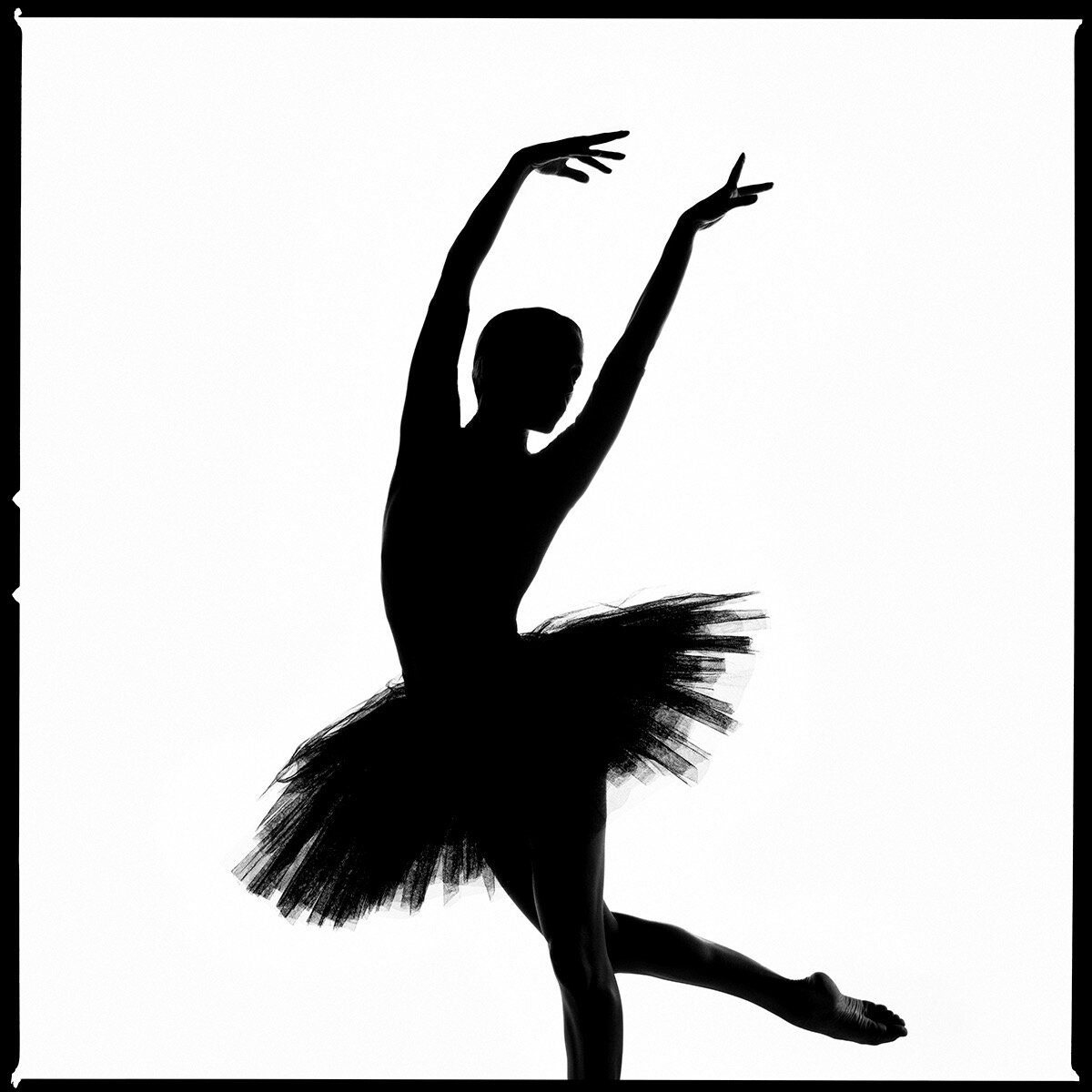Tyler Shields
Born in Jacksonville, Florida and now recognized as “Hollywood’s favorite photographer”, L.A. based contemporary artist and filmmaker Tyler Shields’ evolution from the “bad boy of photography” with his controversial blood-stained photographic series featuring Lindsay Lohan to the more subtle color-explosive poesy of his Chromatic series, and his work featuring Francesca Eastwood (Clint’s daughter) to the fire-starting bag-sawing antics of a $100,00 Hermes Birkin Bag, to the stoic magic surrealism of Suspense, a project shot in the New Mexico desert featuring Franseca Eastwood, Emma Roberts and Lydia Hearst, Mr. Shield’s art captures the emergence of an artist and his medium into a more mature overture and output.
Tyler Shields is an American image-maker. Born in 1982, Shields’ work derives from a unique history directing music videos and working with the legendary skateboarding icon Tony Hawk. Mr. Shields has produced images that play with notions of the gaze, power structures, hyper-realism, iconoclastic-tendencies and cinematographic practice. He has worked with a roster of ranking members of Hollywood including Mischa Barton, Emma Roberts, Aaron Paul, Demi Lovato, Juno Temple, Shiloh Fernandez and more. Tyler’s output involves various mediums from book publishing “The Dirty Side of Glamour in 2011, to a novel entitled “Smartest Man”, and a cluster of solo shows: Mouthful, Los Angeles (2012), Miller Gallery Cincinnati, Ohio (2012), Phothub Manomtr, Moscow, Russia (2012) and more.
Shield’s technical brilliance as a photographer has much more to do with the shift in focus from the fragility of the “celebrity photographer” to the output of the contemporary art medium. Most of the talented people who work with him include actors who are serious about their profession, but are not celebrities. People will go to him to make art rather than celebrity photography. As an artist, Shields’ work and output has much more to do with the long-standing and perhaps transcendental clarity behind controlled subconscious image-making in the vein of Caravaggio’s near-photographic paintings in the 16th century, where rules and guidelines of the century were abandoned and/or re-incorporated to challenge the sensibilities of the time. In this regard, the artist’s work is as equally controversial with other image-makers who have utilized the tools of sex, death, flesh, obsession, nightmares, and fantasy to explore the peculiarity of the human condition rendered into a coherent aesthetic clarity and style. Shields’ work is a type of ‘dark romance’ that scales the bandwidth of image development in the age of Google Image searches, the Internet, and a near-infinite source and access to moving-image making material and iconography. The challenge is finding the right nodes toward a product or project that captures the body from its most emaciated status of apathy to the near classical ideal forms that captivate and engage attention and interests of our collective gaze.
‘To expose yourself to the world, you and your work, naked to the global theater of billions of views, clicks, hits, image-searches, etc, is a remarkable statement within itself – to say – this is me and who I am, is powerful.’
This theater of exposure is explored through the layer of celebrity and the mechanisms of industrial image-making capacity that is now augmented in every outlet by technology, new tools, and software. Within the deluge of images, our eyes remain fixated on the living body and it’s potential to be virtually perfect. The masquerade of celebrity is the photographer’s playground and a flash of rapture.
Tyler Shields, as an artist, attempts to move through the complexes and layers of the “celebrity” sphere, into an inherently tangible vision of the portrait, and its meaning and context in a rather shifting landscape of identities that accumulate into what we call the 21st-century. What does it mean to be alive in the 21st century? How does it look? How will it look 500 years from now in the future, in five years? What does it take for an image to capture attention throughout the deep-gaze of time and the ever more increasing scrutiny of the platform of the contemporary space of art, now, then and a thousand tomorrows from today or a thousand ‘likes’ from now?
‘People will go to him to make art rather than celebrity photography.’ Mr. Shields’ work isn’t about celebrity – it’s about working with colleagues and friends in his social sphere who want to make art. They share an obsession to create, to make, to own, to expose, to play. His work is as much a collection of documentation of his sphere of influence and inspire his work. They are active participants rather than spectators. Eroticism, torture, decadence are all mere mediums that seem to remain eternally the same and only enhanced by the participant’s own injected identity and experience. It is the glossy mortality of the space of the human condition that is the only true crystal lens that the world inside and out, can be seen in the creation of a new type of fiction. Tyler Shields captures a new type of American life while exploring the fictional nature of the historical and the classic.







